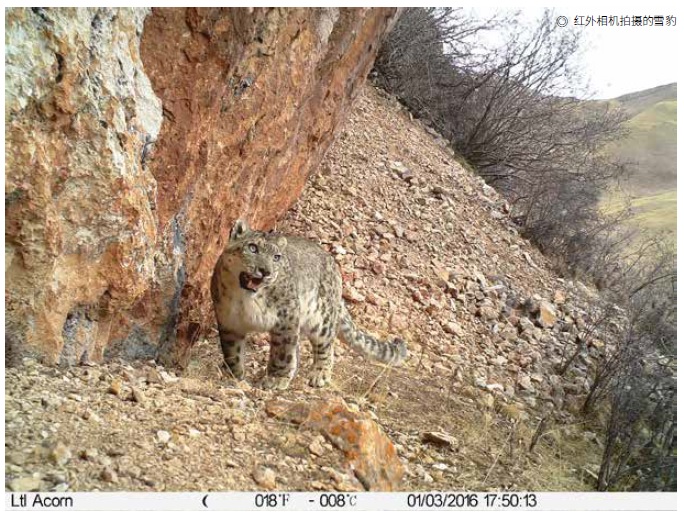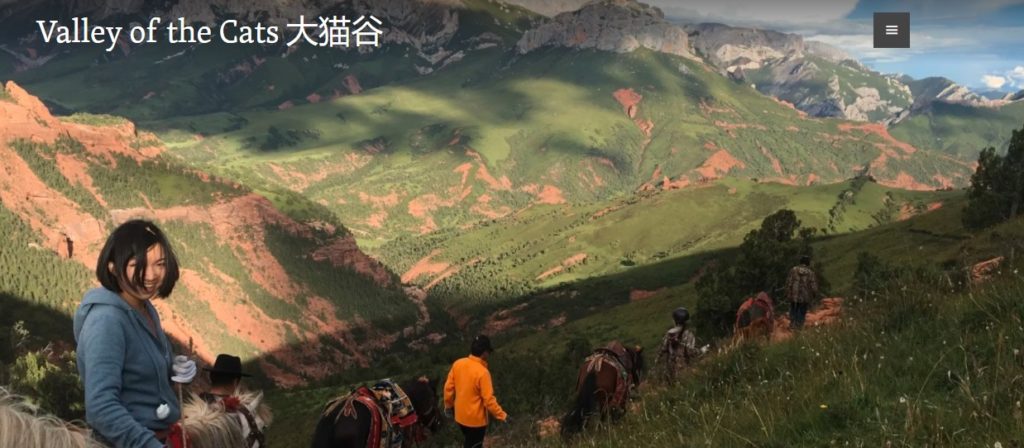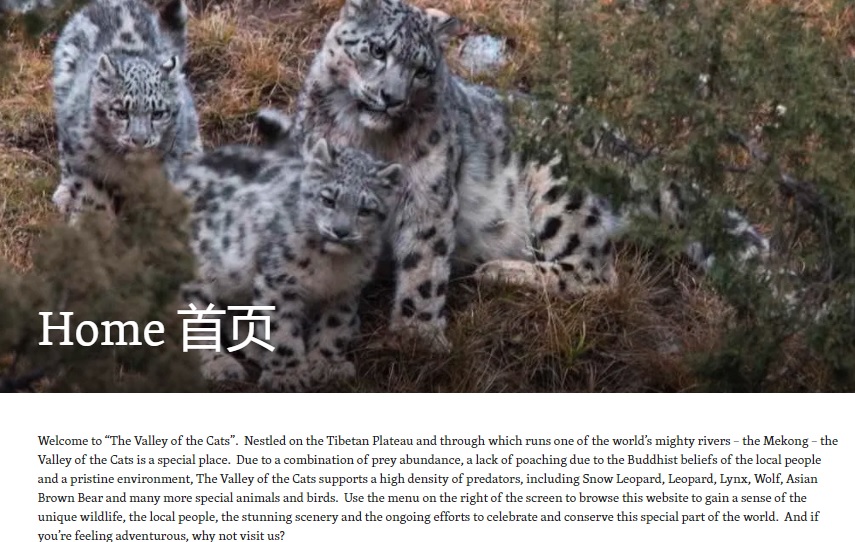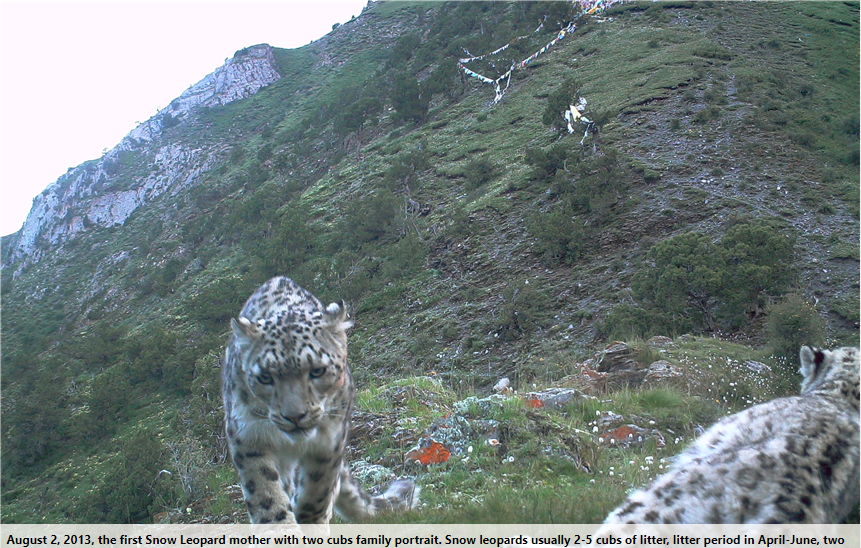Blog five in a series on Tibet in 2021 5/8

CLIMATE CHANGE & BIODIVERSITY
2021 is set to be a big year for climate and environment, with key global conferences held over from 2020. One such conference is to be held in China 17 to 30 May 2021 in Kunming, with side trips for delegates to the UN Convention on Biodiversity (CDB) up into Yunnan Dechen prefecture (Shangri-la in Chinese) to show off China’s biodiversity achievements
Whenever the CDB holds its Conference of the Parties (COP) delegates from governments are lobbied intensively by wildlife NGOs from round the world pressing for real, accountable commitments, not just vague words from ministers. Will China allow wildlife protectors to come to Kunming, or will delegates be kept from those seeking to voice the voiceless wild animals? Will only global NGOs with Beijing offices be there, and the activists excluded?

The buildup to Kunming CDB 2021 has been intense. Despite the virus crisis separating people, we have seen report after report on threatened species, on the growing danger of extinctions, and on China’s voracious global trafficking of wildlife into wet markets that triggered the pandemic. We have new reports on how indigenous and local communities worldwide work, in effective traditional ways, to conserve biodiversity, more effectively than top-down governments.
Pent-up demand for real action is strong, all the more so because CDB decides only once in a decade what its targets should be, and the 2010 targets (known as the Aichi targets) failed badly, with little effective action to prioritise wildlife and landscapes above economic growth. In 2021 new targets are to be negotiated and announced, the pressure is on, to get real.

Will Tibetan wildlife get a voice? Yunnan is part of a huge biodiversity “hotspot” that stretches across the Tibetan highlands of not only Yunnan but also the Tibetan uplands of Sichuan, Tibet Autonomous Region and Qinghai. However the new national parks China wants to show to CDB delegates are hardly within this four-province “hotspot”; instead they are in the uppermost basins of the Yellow, Yangtze and Mekong rivers, well to the north.
Similarly, on climate, there is a gap between what China says and what China does. 2021 is scheduled to see the entire world come together in Glasgow, 1 to 12 November to decide whether to act decisively to limit climate heating, or persist in competitively waiting for others to move first. Report after report tells us if we don’t get the Glasgow UN Framework Convention on Climate Change COP right, we as a planet will soon run out of time before it all gets out of hand.
Late in 2020 China announced it will achieve net zero carbon emissions by 2060, and the world applauded. That’s four decades away, farther ahead than anyone can envisage or plan for, and a crucial decade later than most governments. Does China have a plan for how to get there, and does it start now? Hopefully, the 14th Five-Year Plan will include specific steps to reduce emissions sooner rather than later.

Net zero emissions is not at all the same as zero emissions. Coal will still be burned, carbon will still pour into the skies. China now burns more coal than the rest of the world combined, and that is not likely to change soon. Net zero emissions means those emissions will be offset by other projects to capture carbon, the easiest being to plant more trees, probably in Tibet.
This means an intensive effort to turn Tibet into numbers, and then put a dollar value on those numbers, known as natural capital accounting, it’s all the rage among the techies who run the global COP system. The Tibetan Plateau may feature prominently in both May and November, the biodiversity and climate global meetings. China will want to show off its zoning of much of Tibet as national park, and suggest more to come, as Chinese scientists have named Tibet as a CEZ, that’s a Cost-Effective Zone, where you get the biggest bang for your buck by declaring pastoral livestock landscapes to be national parks. China wants to be acclaimed for building its “ecological civilisation” and Tibet is the quickest and cheapest path to doing so. Already 30 per cent of the Tibetan Plateau is zoned as a wildlife protection area, but these influential scientists now propose the whole of Tibet as a Cost-Effective Zone for biodiversity.
If Tibet is to be further depopulated for cost effective biodiversity protection, despite the record of Tibetan drogpa nomads knowing how to be both sustainable and productive, we can also expect more talk of eco-compensation for those displaced. That means (jargon alert) Payment for Environmental Services (PES), net degradation neutrality, Reduced Emissions from Deforestation and Degradation, acronyms flying about. All such unnecessarily complex mechanisms, like net zero carbon emissions are elaborate, market-based capitalist ways of maintaining business as usual in the cities and factories, while poor people in remote areas get paid (not a lot) to promise to not develop or cut trees or plough their soils. Both CDB in May and UNFCCC in November will thicken the air with such jargon. So far, Tibetans have not been compensated for maintaining their rivers and pastoral landscapes, instead they have been removed. Perhaps China will now categorise its subsistence ration handouts to displaced nomads to be Payment for Environmental Services?
